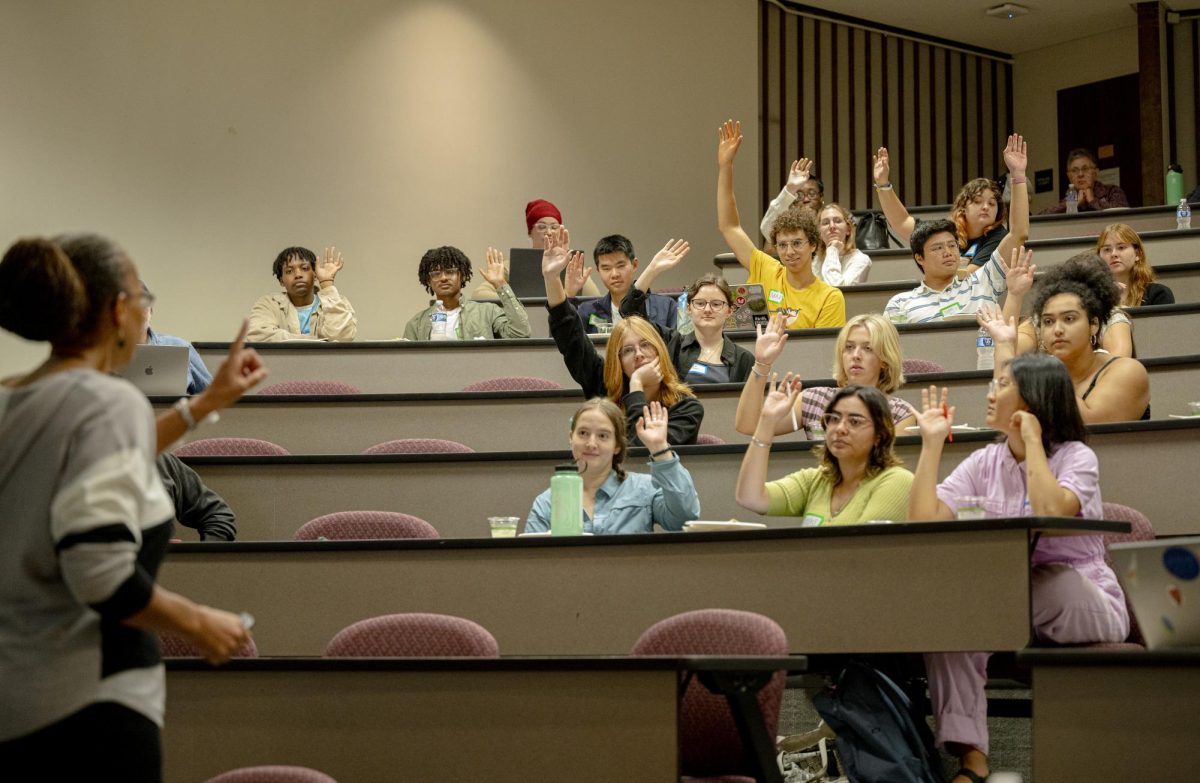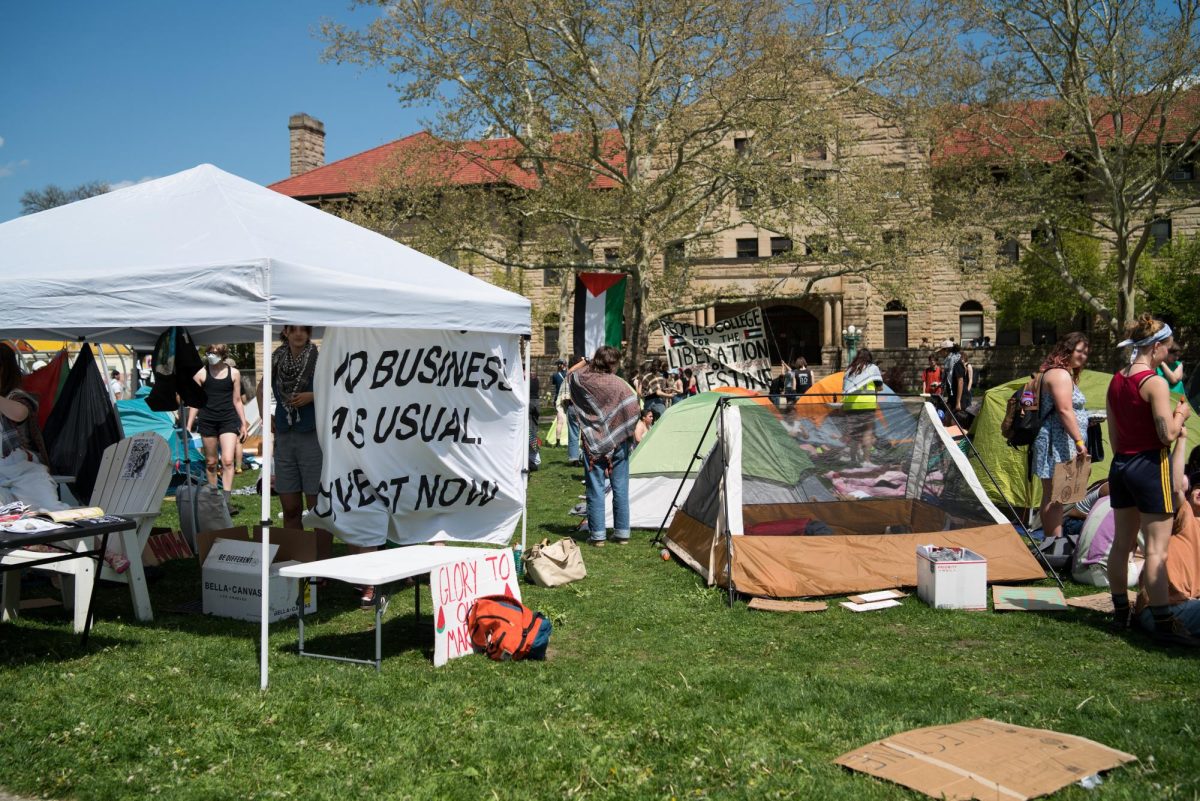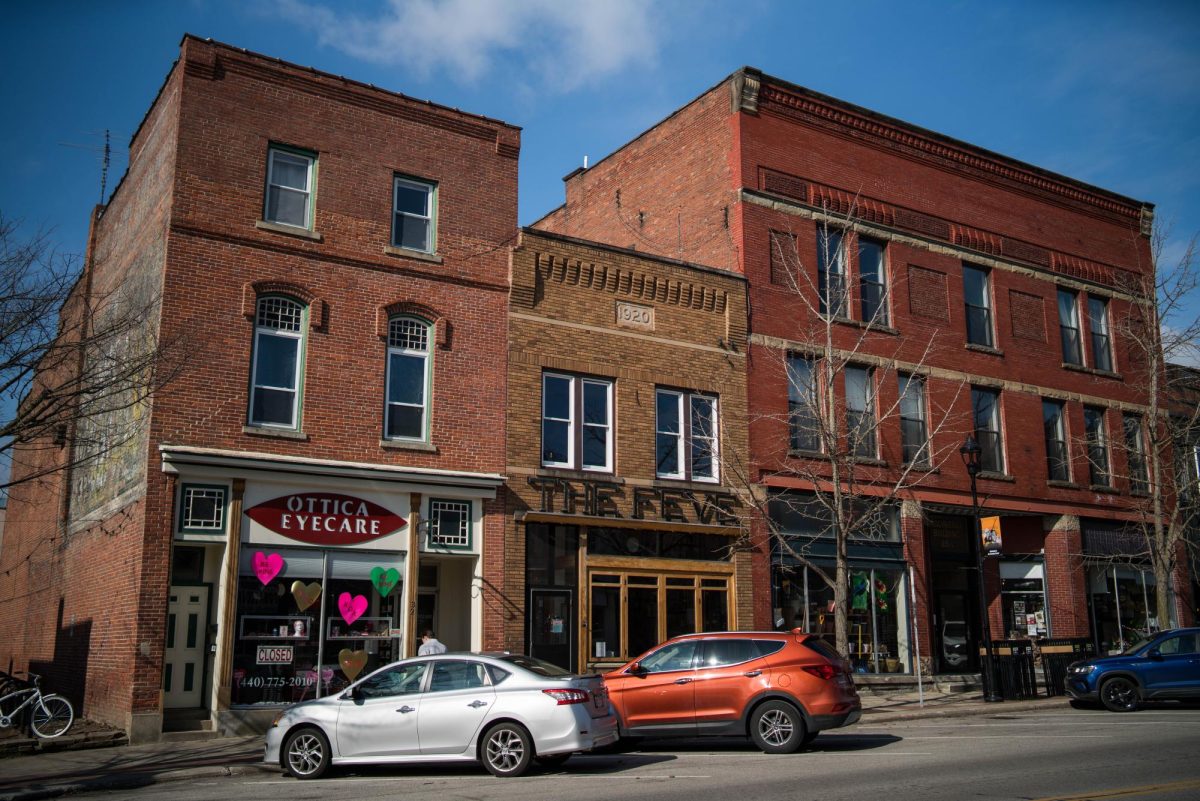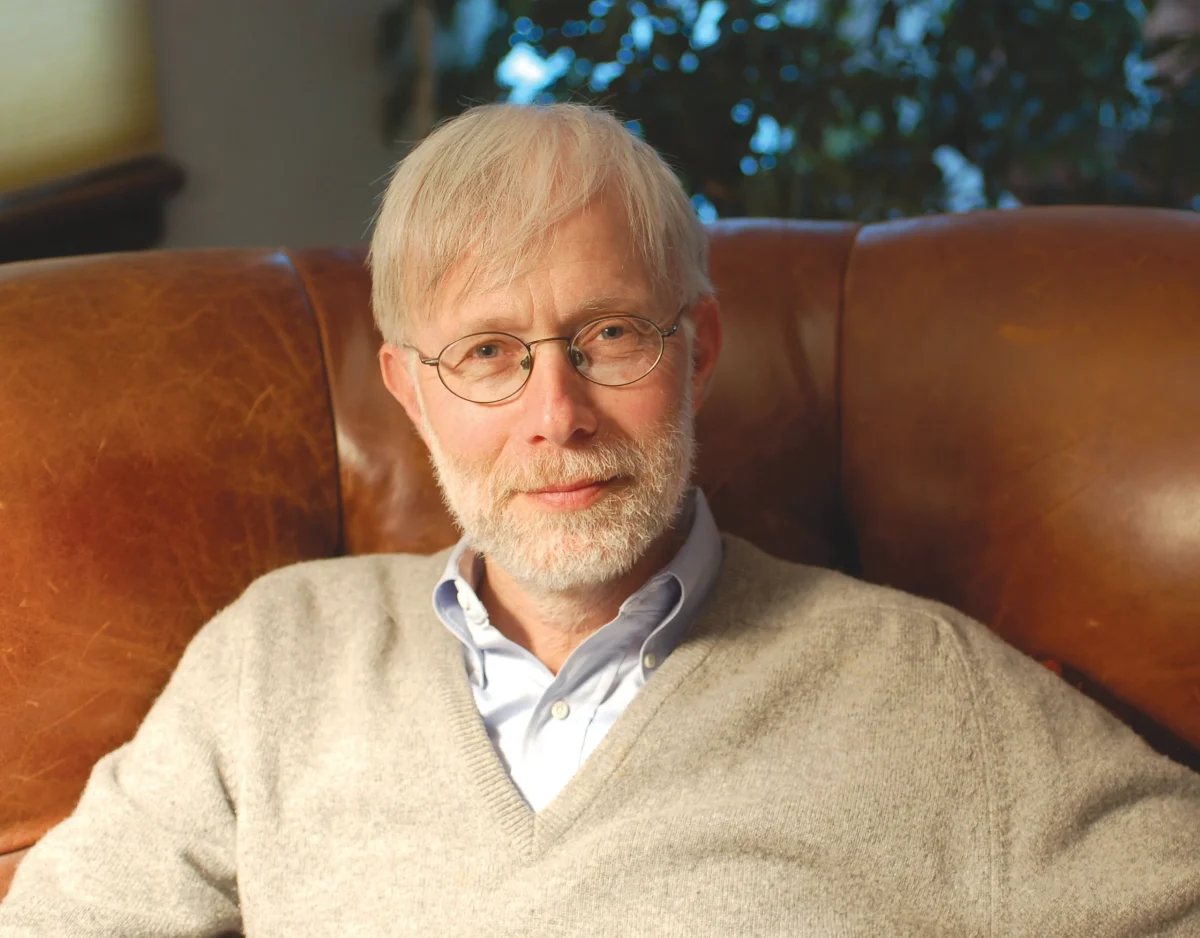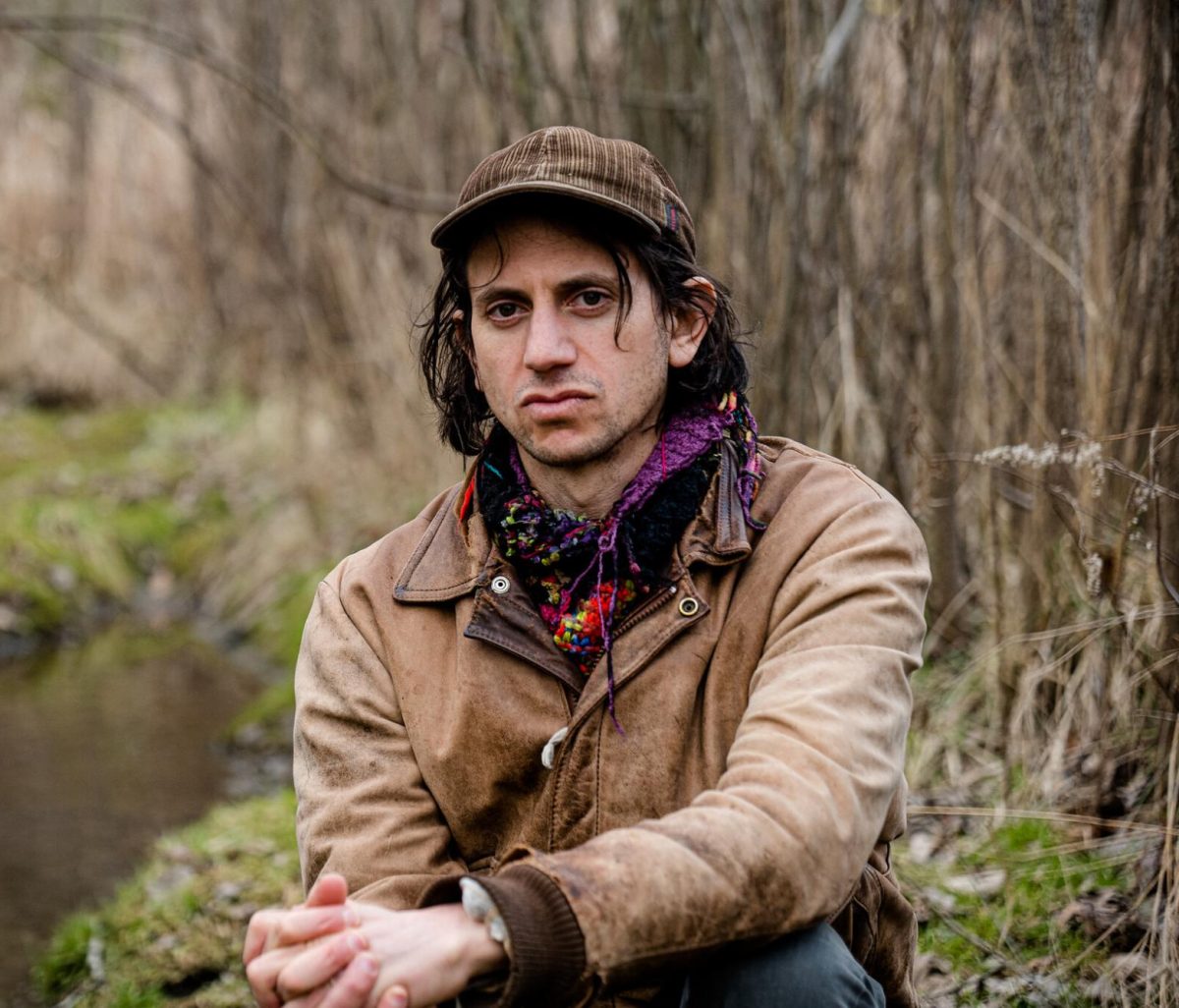On Sept. 30, the Bonner Center held their inaugural IMPACT summit with the goal of allowing students, staff, faculty, alumni, community members, and Bonner community partners to meet and discuss a range of issues related to community engagement and social justice.
The idea of the event was to highlight relationships that are essential to the work of the Bonner Center, including faculty and students who work on community-based learning courses and in the Bonner Scholars Program.
“This was an opportunity to celebrate all of our partners and to start some conversations about how we can move that work forward in the months and years to come,” Interim Director of the Bonner Center Thom Dawkins said.
The Bonner Center also brought in guests from outside Oberlin to speak. Two of these speakers were Marina Barnett, interim assistant provost for civic engagement at Widener University, and David Scobey, director of the educational organization Bringing Theory to Practice.
“You heard throughout the day stories of trial and error and … how it just takes persistence to be able to achieve these goals, that things may not happen immediately,” Barnett said. “Our goal is for you to be changemakers, ultimately, to be good stewards of this world that we’ve been given.”
After a brief introduction in which Scobey and Barnett addressed the attendees, participants split into breakout rooms to have discussions on specific topics: Connecting the Classroom to the Community, The IMPACT of the Arts, The Oberlin “One Square Mile Project,” and The IMPACT of AI on Writing and Community.
The Connecting the Classroom to the Community breakout session was facilitated by Barnett and afforded students the opportunity to meet with leaders in the community, including Ray English, City Councilmember; Margie L. Flood, executive director of Oberlin Community Services; and Elyria Mayor Frank Whitfield.
“One of the things Thom and I talked about in our breakout session was [how] we wanted students to come out of that session with a sense of agency,” Barnett said. “It’s not just ‘What are the problems?’ it’s ‘How are you going to fix them?’ … We started off by talking about things very generally. But by the time we finished, it was ‘Let’s talk about what you can do.’”
The IMPACT of the Arts breakout room discussion was centered on using deep listening as a mode of inquiry for community-building and creative practice. The room was hosted by Nina Fisher, OC ’08, program director of MAD* Factory Theater Co.; Hannah Wirta Kinney, curator of academic programs for the Allen Memorial Art Museum; Michael Boyd Roman, assistant professor of design and Black visual culture in the Studio Art and Africana Studies departments; and Louise Zeitlin, associate professor of Community Engagement in the Conservatory and director of the Community Music School.
The third breakout room on the “One Square Mile” project focused on connecting attendees with Bonner community partners at the Wilson Bruce Evans Home Historical Society and Oberlin-Wellington Rescue Theater Project.
Carol Lasser, emerita professor of History and executive director of Evans HHS, and Eric Steggal, managing director of the Oberlin-Wellington Rescue Theater Project, hosted the discussion. The “One Square Mile” project takes a place-based approach to community revitalization by focusing on one designated square mile of the community.
The last breakout room covered the impact of artificial intelligence on writing and community and was hosted by Ryo Adachi, OC ’22, coordinator of academic initiatives in the liberal arts, and Josh Kesterton, program coordinator and lecturer. They encouraged participants to think about the pros and cons of the use of AI in community building.
“For the folks who attended, I hope that the impact was that they realized there are interesting things … in and around Oberlin that happen not during class hours as well,” Bonner Scholars Program Director Gabriella Valentine said. “We saw, at least from a few of our survey results, that people enjoyed being in a room where those conversations were happening intentionally.”
Dawkins also noticed positive responses to the Summit.
“There was great energy there,” he said. “Folks walked away with projects that they want to work on, with [lots of] folks connecting and exchanging information, wanting to work together … across these typical divides of students, community partners, faculty, and staff.”
Barnett shared in their excitement.
“I think one of the best things that I saw that came out of the conference was that students got a chance to speak to each other, they got a chance to interact with community partners, they got a chance to interact with faculty and administrators in ways that they may not normally have an opportunity to do,” she said. “That’s always what we want, … more opportunities for communication.”
Aside from organizers, students also gained valuable insight from the IMPACT Summit.
“I think it was really helpful to see the ways that the College and the community can intersect and connect and work together,” College second-year Katia Chapin said. “And I grew up around a college that really was very separated from my community in a way that I didn’t love. It was refreshing to see how both people from [the] College and [outside sources] are working to make the College’s presence here beneficial to everyone else and not just … where we’re benefiting from them exclusively. It made me feel more connected to the community and find ways that I could be more involved.”


